Thermal imaging technology has transformed how we perceive the world. By detecting heat instead of visible light, thermal cameras provide crucial insights across various fields. From industrial applications to medical diagnostics, this technology enhances efficiency and safety. But how does it work, and why is it so valuable?
How Thermal Imaging Works
Unlike conventional cameras that capture visible light, thermal cameras detect infrared radiation. Every object emits infrared energy, commonly referred to as heat. The hotter an object is, the more infrared radiation it emits. Thermal imaging sensors convert these heat signatures into a visible image, where different temperatures appear in distinct colors or shades of gray.
Core Components of a Thermal Camera
1. Infrared Sensor: Captures infrared radiation emitted by objects.
2. Optical Lens: Focuses infrared energy onto the sensor.
3. Signal Processor: Converts raw thermal data into a readable image.
4. Display: Presents thermal images in real-time for analysis.

Why Thermal Imaging Matters
Thermal imaging has a broad range of applications. It plays a crucial role in industries such as construction, healthcare, automotive, and security. The ability to detect heat variations makes it invaluable for identifying issues that are invisible to the naked eye.
Industrial and Construction Use
In construction, thermal imaging helps detect structural weaknesses, insulation gaps, and electrical faults. Identifying these issues early prevents costly repairs and improves safety. Similarly, in industrial settings, thermal cameras monitor equipment temperature, reducing downtime and preventing failures.

Medical Applications
In healthcare, thermal imaging assists in diagnosing circulatory and inflammatory conditions. It enables non-contact temperature monitoring, making it useful for detecting fever or infections. Medical professionals use it as a supplementary tool for assessing vascular health and detecting abnormalities.
Automotive and Safety Enhancement
Modern vehicles integrate thermal imaging for enhanced night vision. Infrared cameras help drivers detect pedestrians and animals in low-visibility conditions. This technology significantly improves road safety, especially in fog, darkness, or extreme weather.

Consumer and Professional Use
The adoption of thermal imaging in smartphones has made this technology more accessible. A thermal camera for smartphones is an affordable and practical option for personal and professional use. Home inspectors, electricians, and outdoor enthusiasts leverage smartphone thermal cameras to detect temperature variations in real-time. Whether identifying heat leaks at home or tracking wildlife, these compact devices provide reliable thermal imaging at a fraction of the cost of industrial-grade cameras.

Future of Thermal Imaging
As thermal imaging technology advances, its applications continue to expand. Improved sensor sensitivity and AI-driven analysis are making thermal imaging more accurate and versatile. Future innovations may enhance early disease detection, improve energy efficiency, and strengthen public safety measures.
Thermal imaging is a powerful tool that goes beyond conventional vision. From detecting structural flaws to enhancing medical diagnostics, its impact is significant. As accessibility improves, thermal cameras, including smartphone-based solutions, will become indispensable across various industries. Understanding how thermal imaging works and recognizing its benefits highlights its growing importance in modern technology.


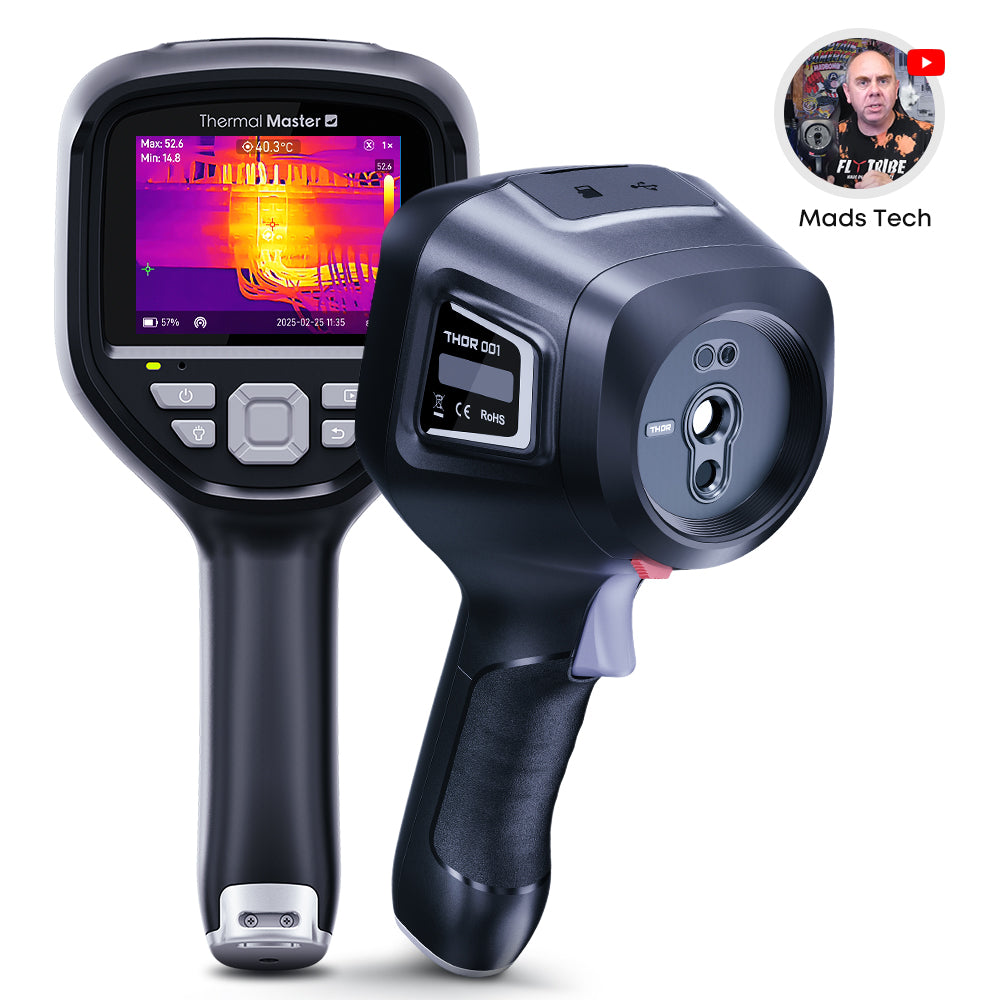

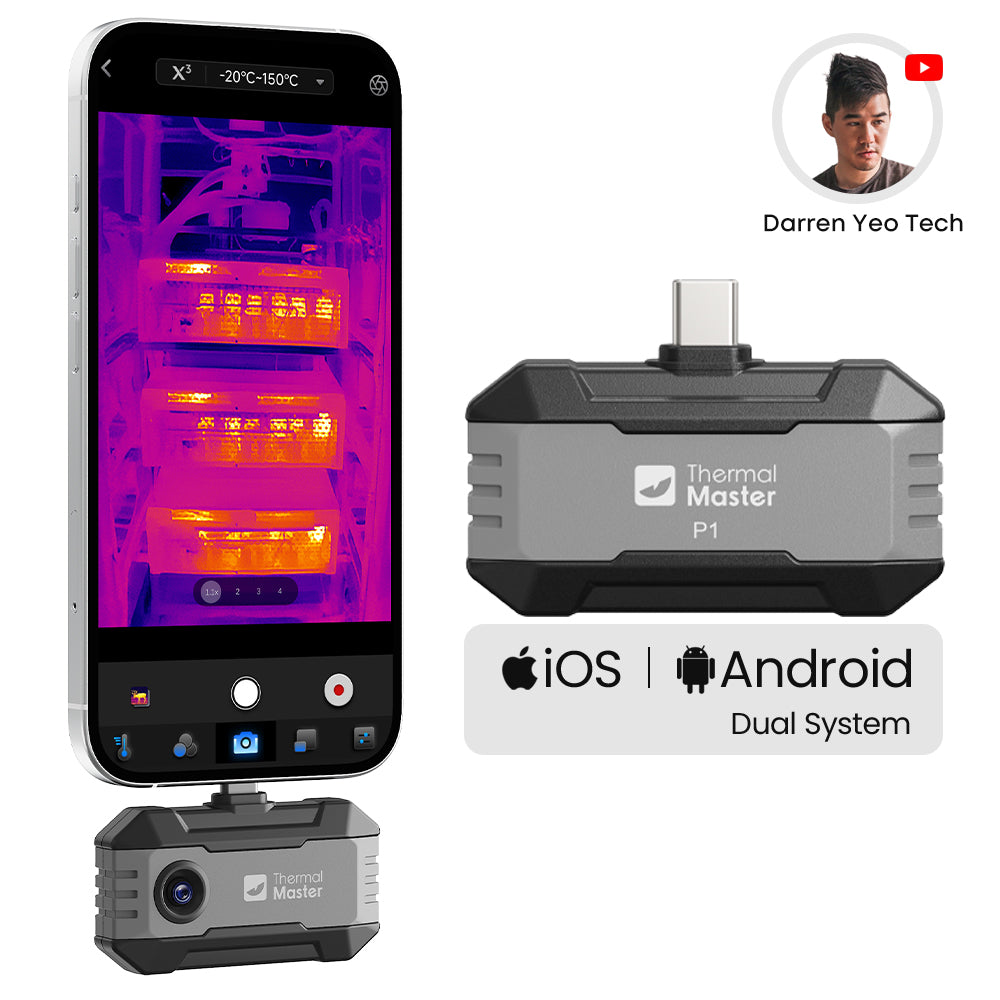
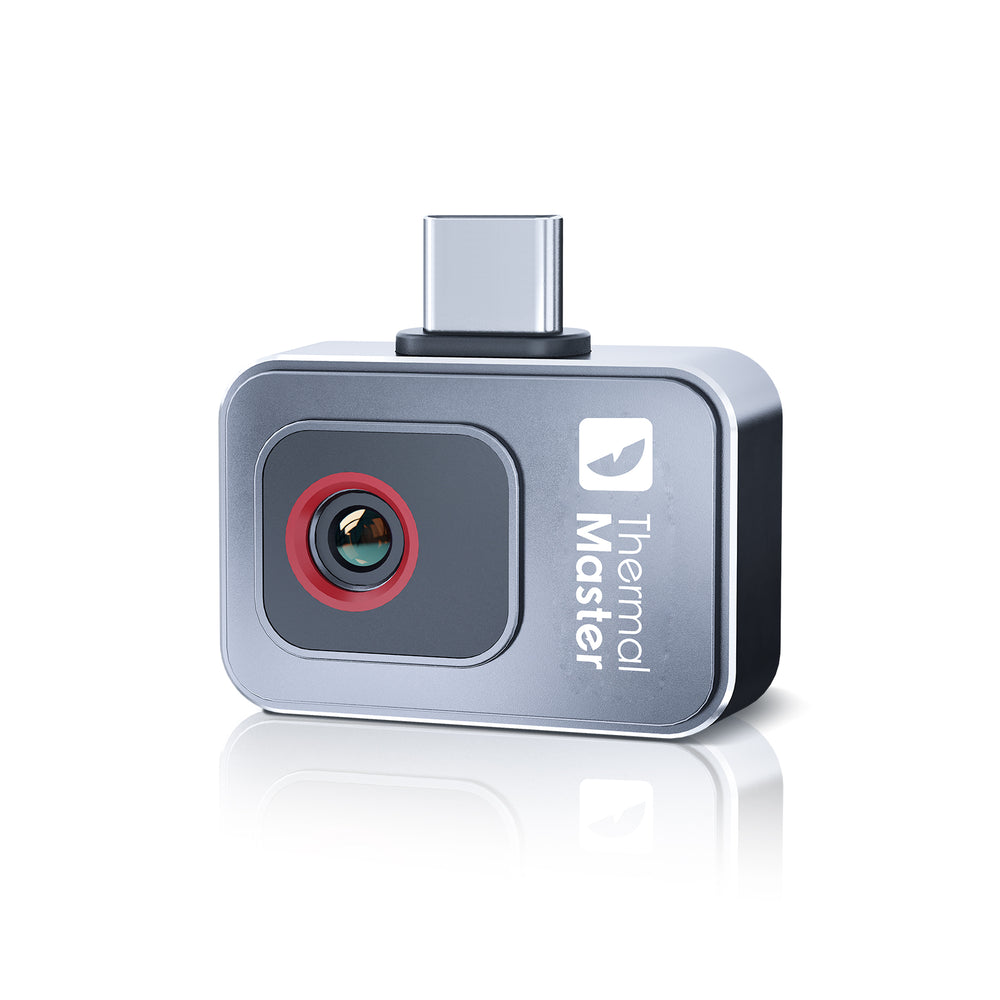
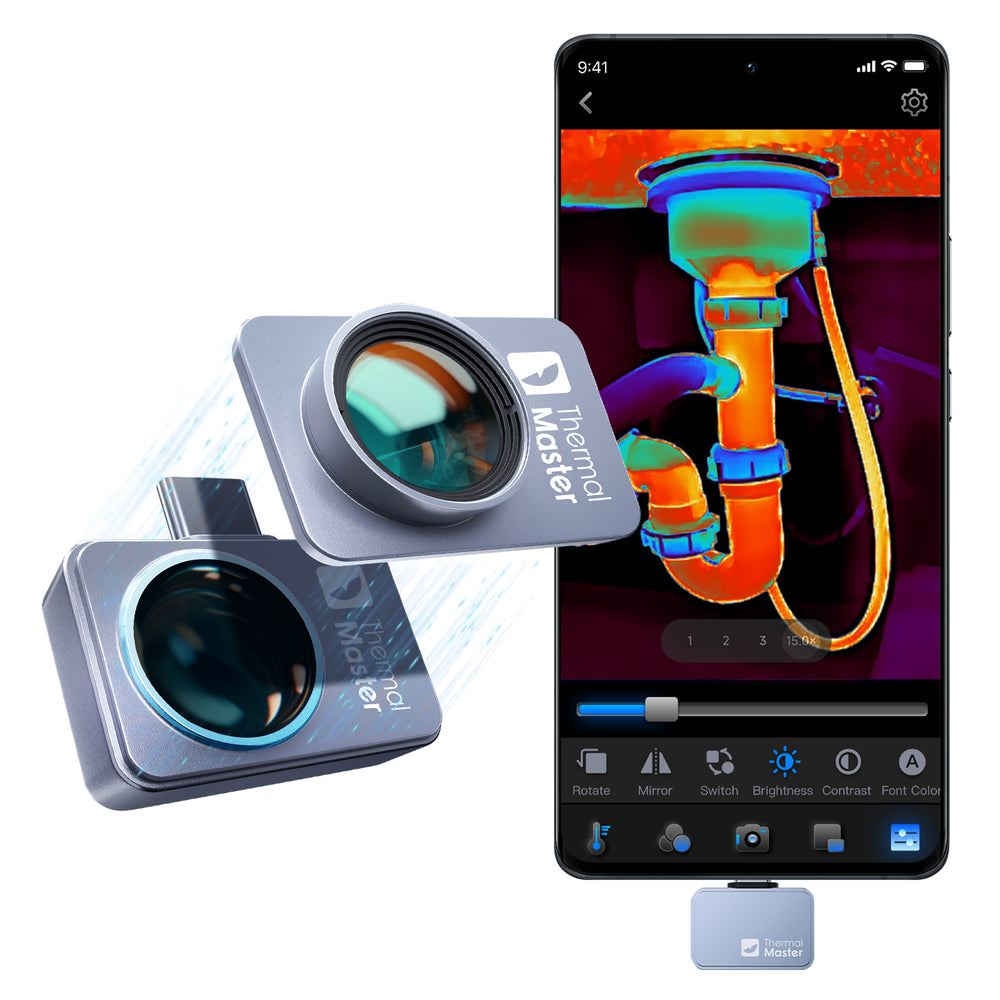
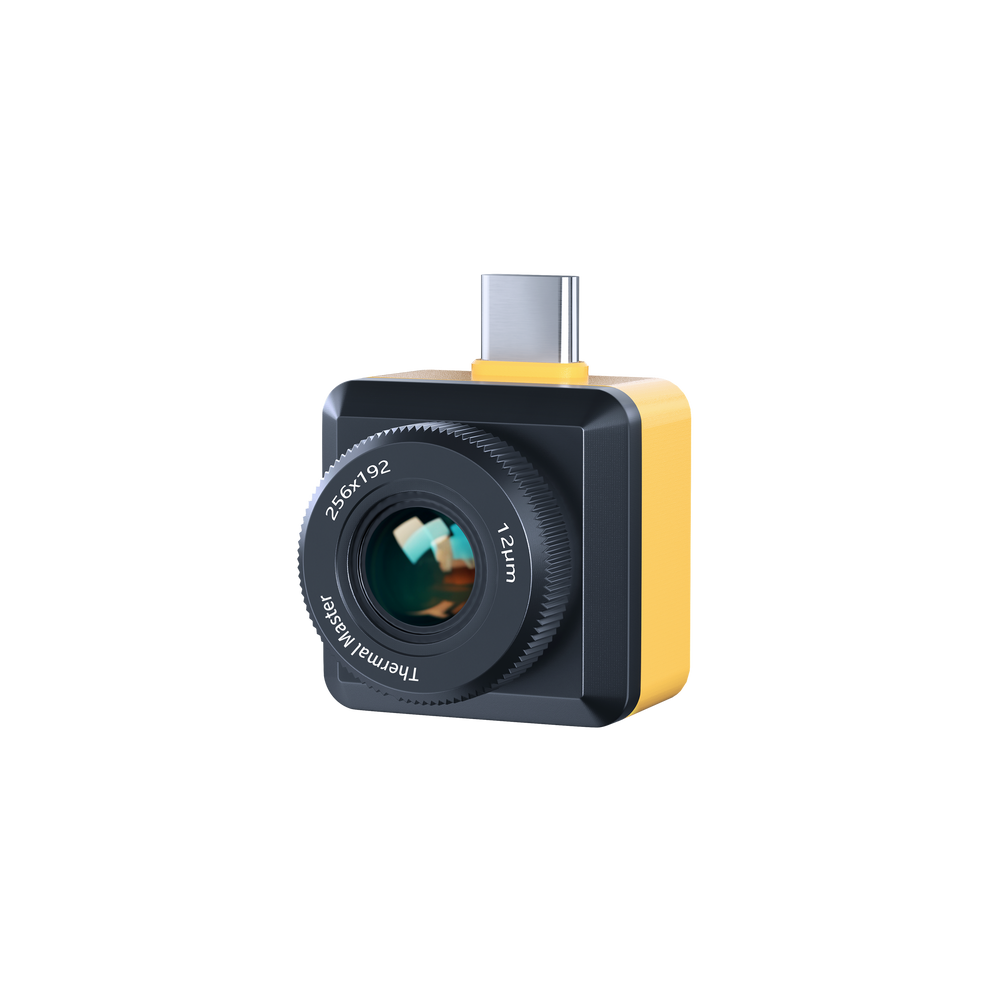
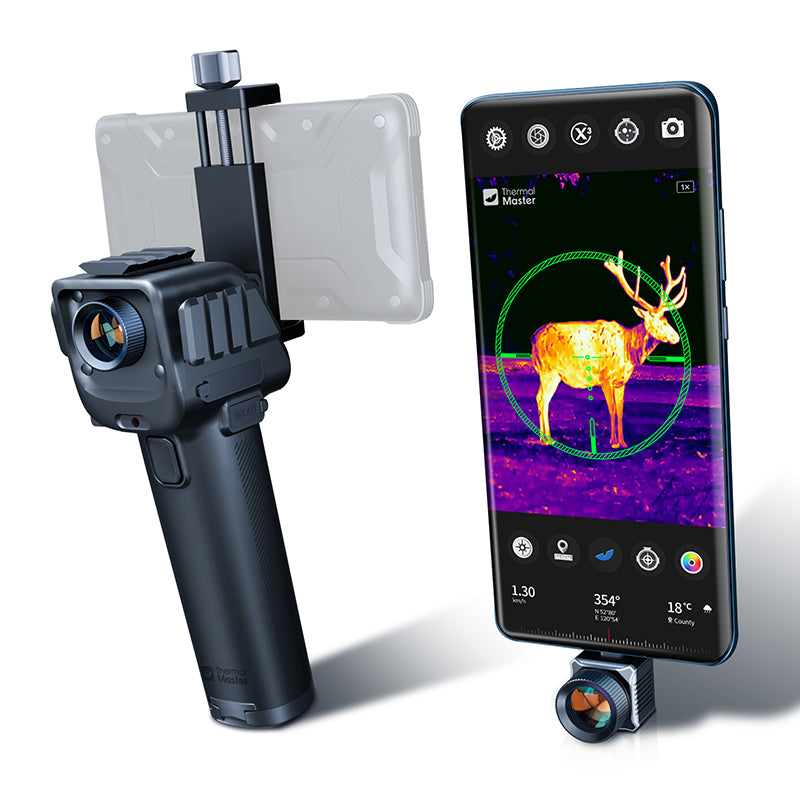
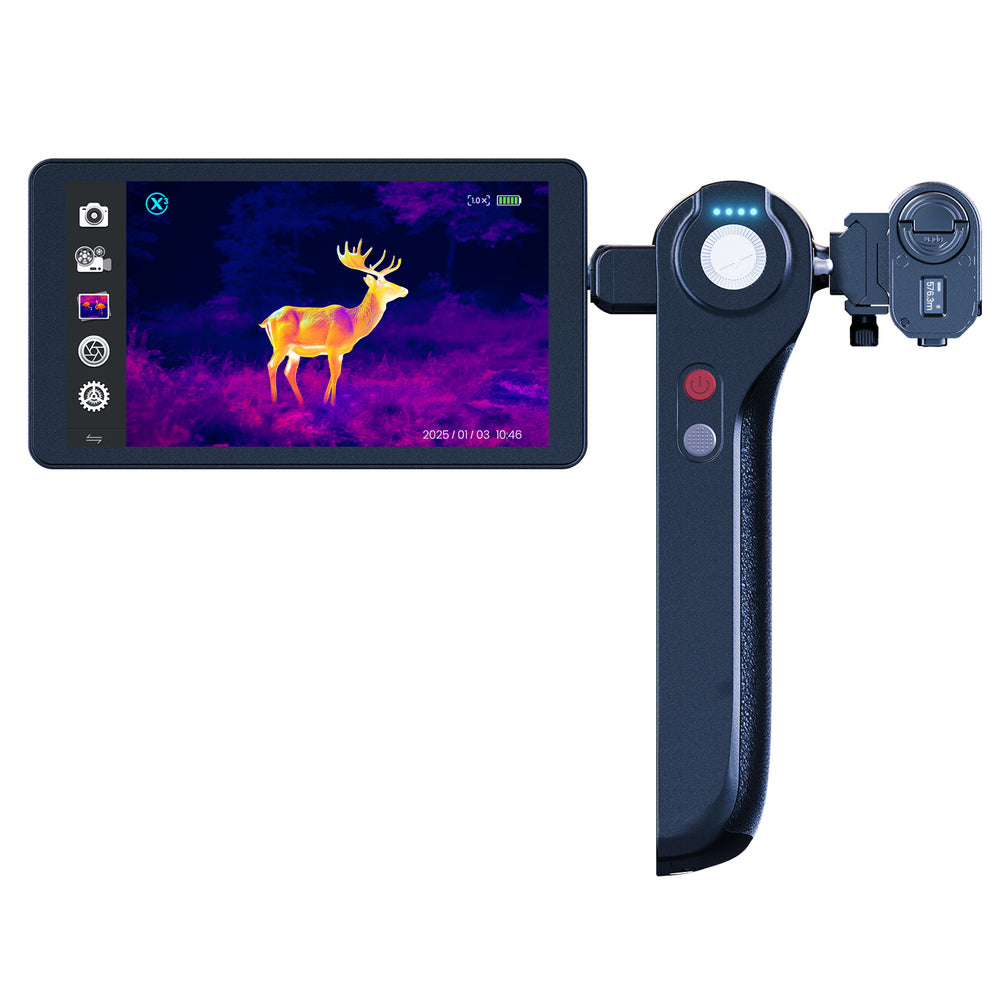
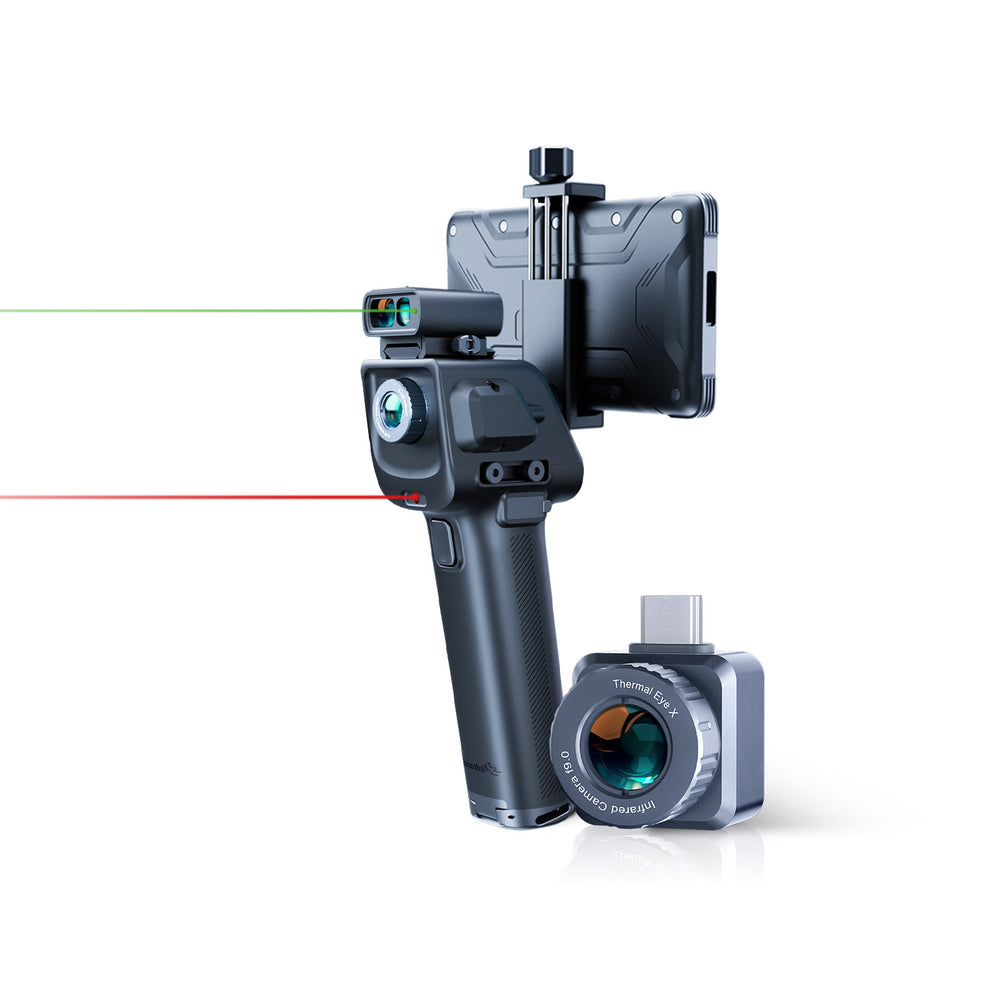
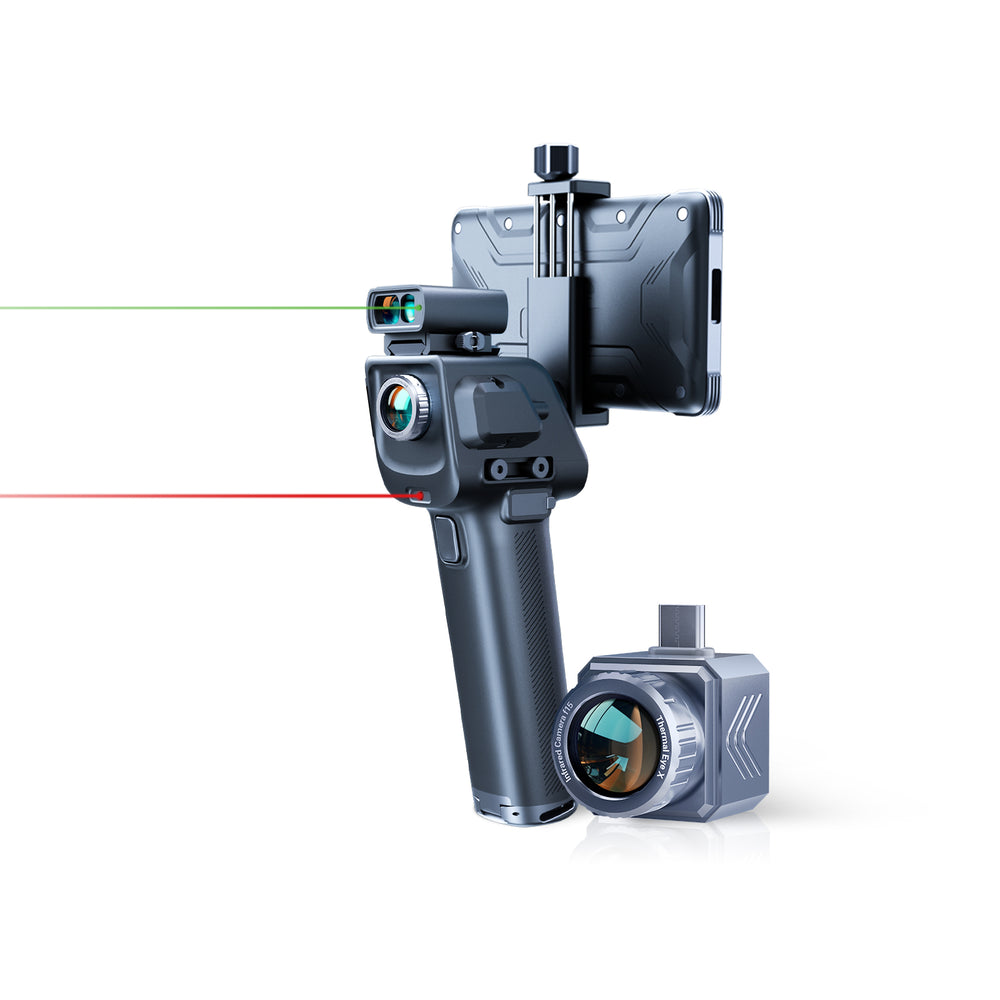
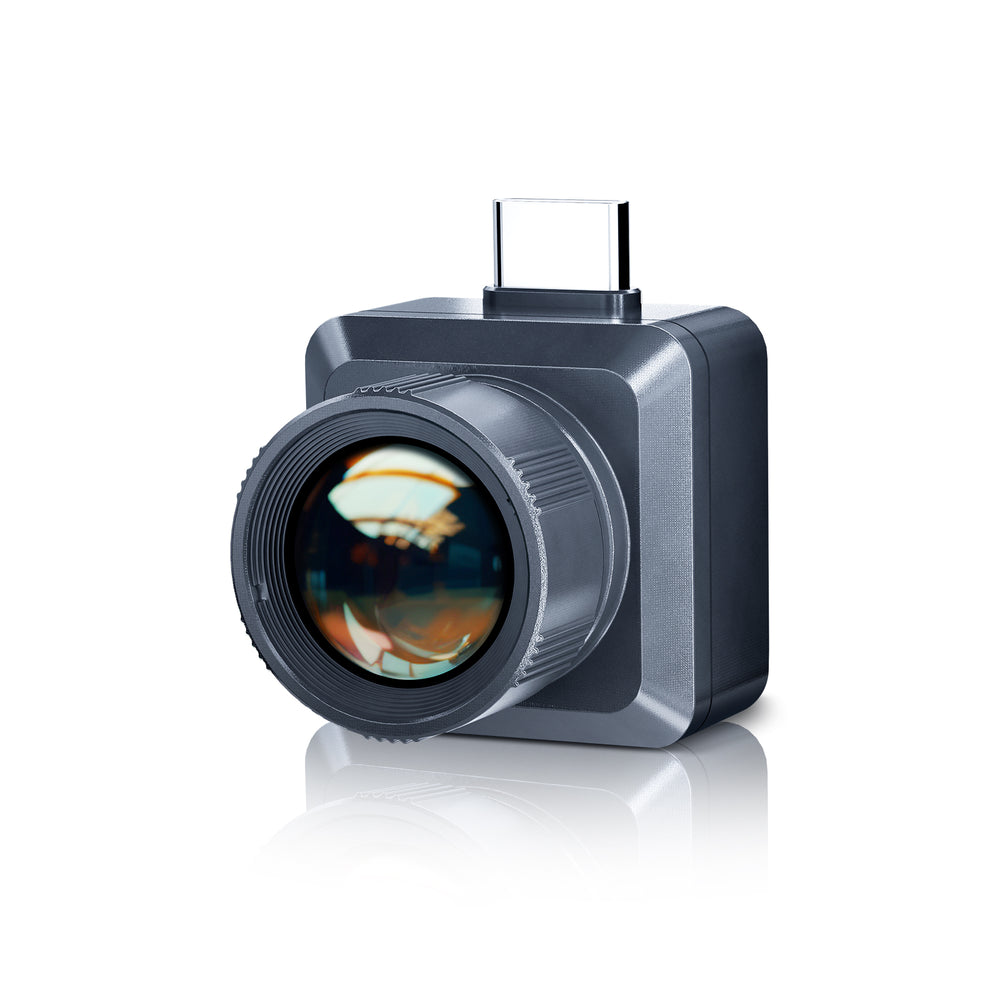
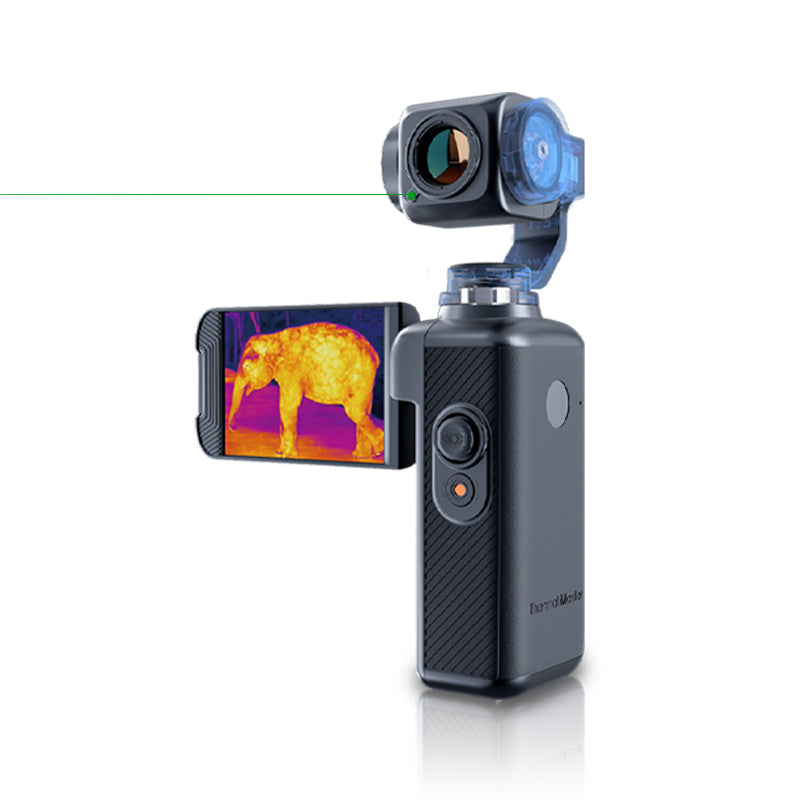
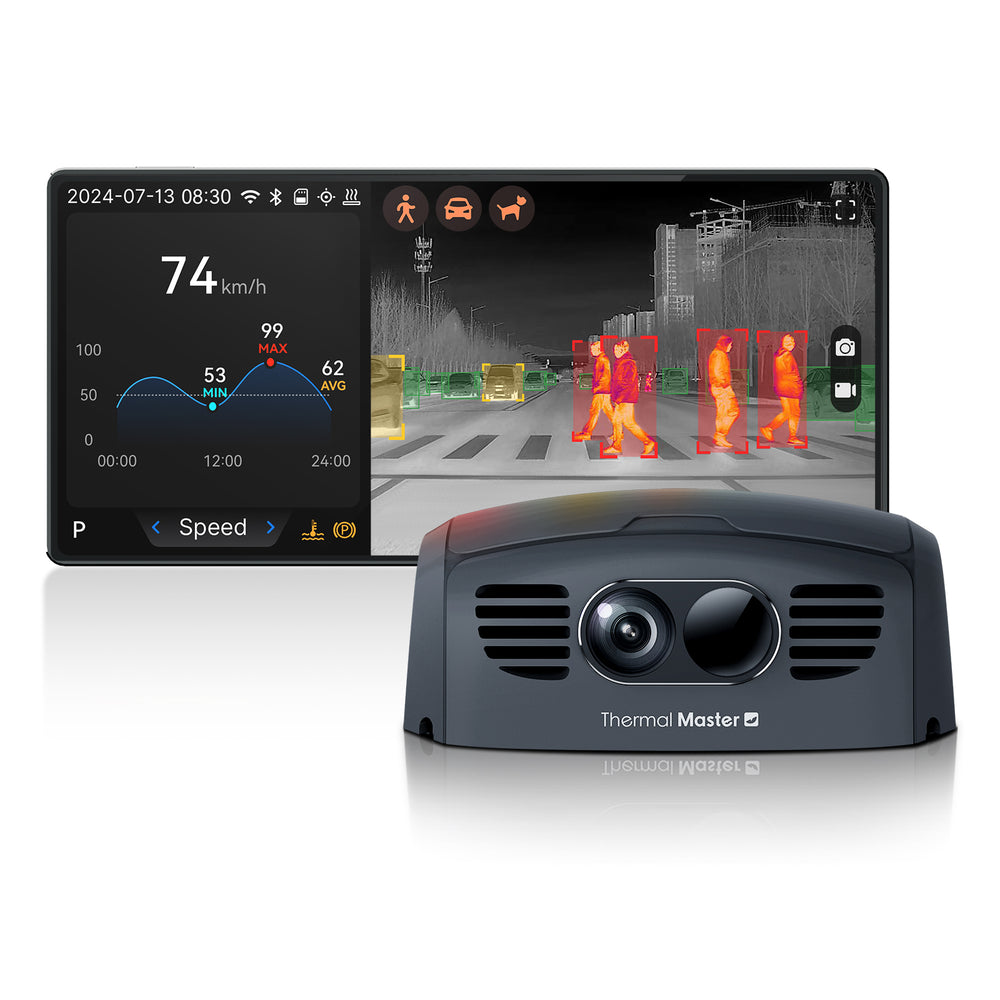
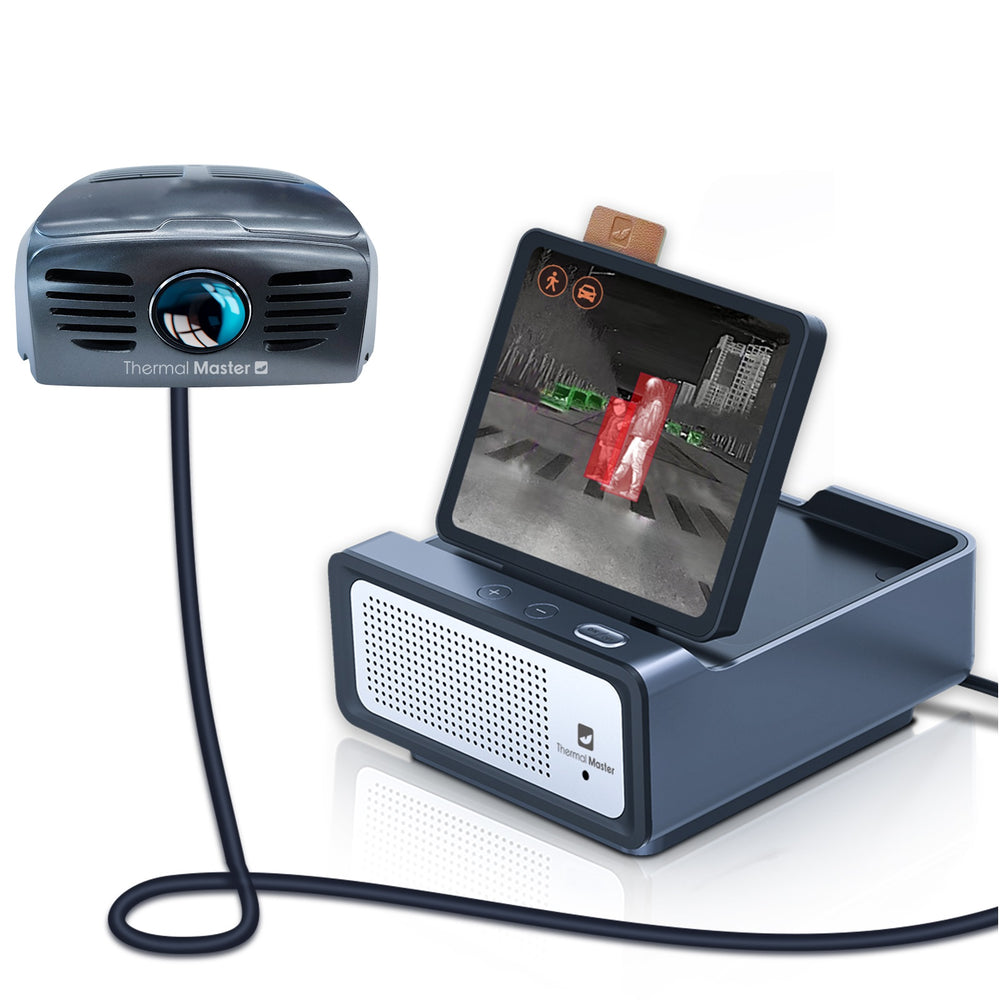
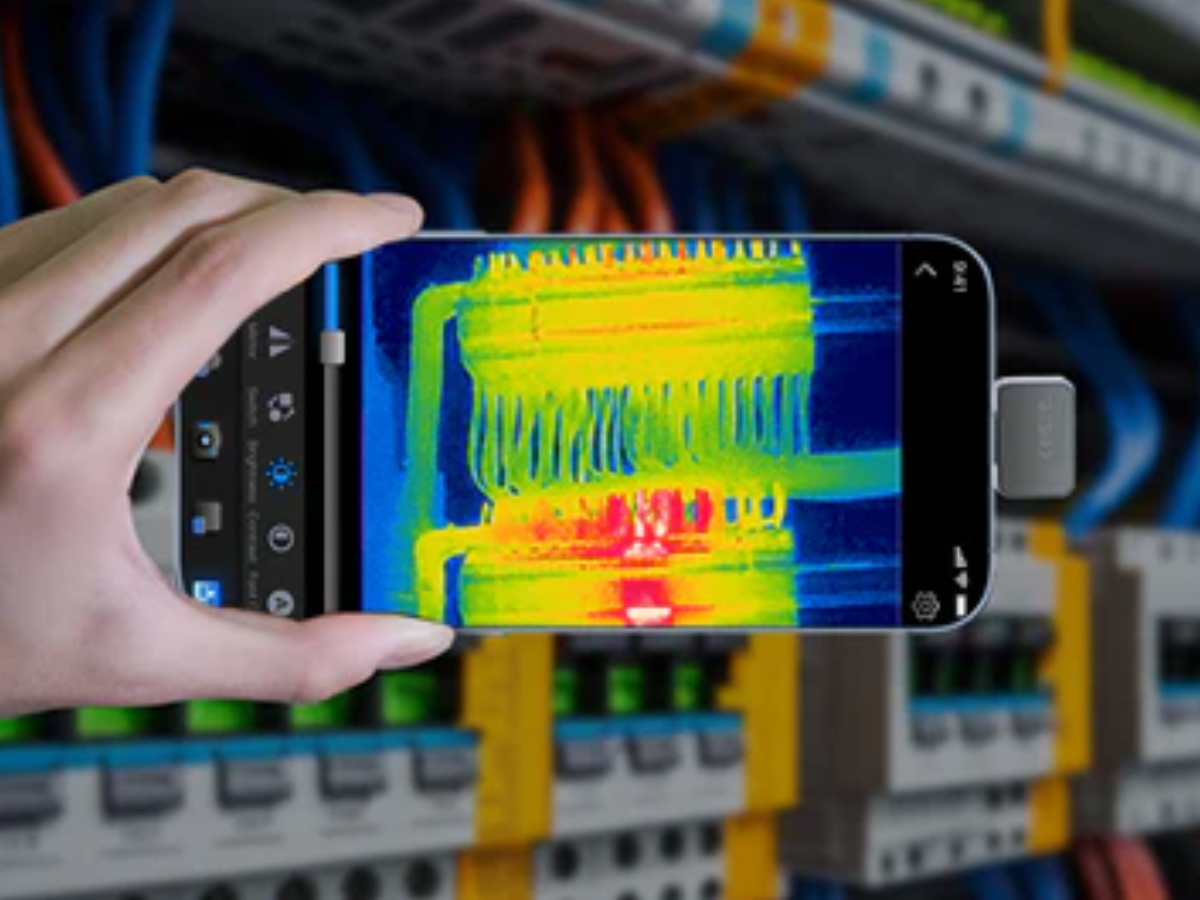
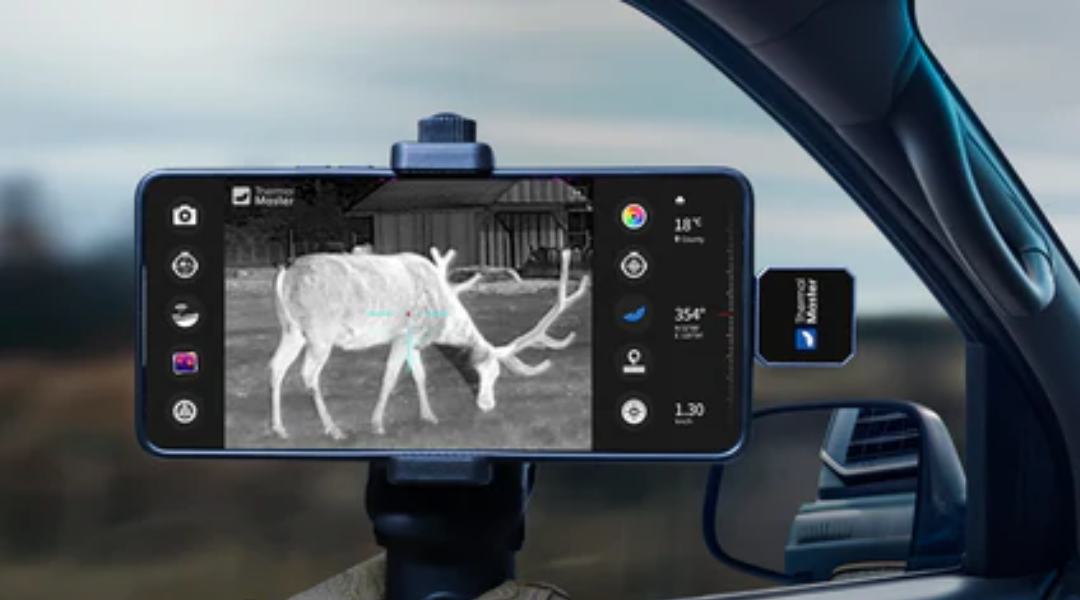
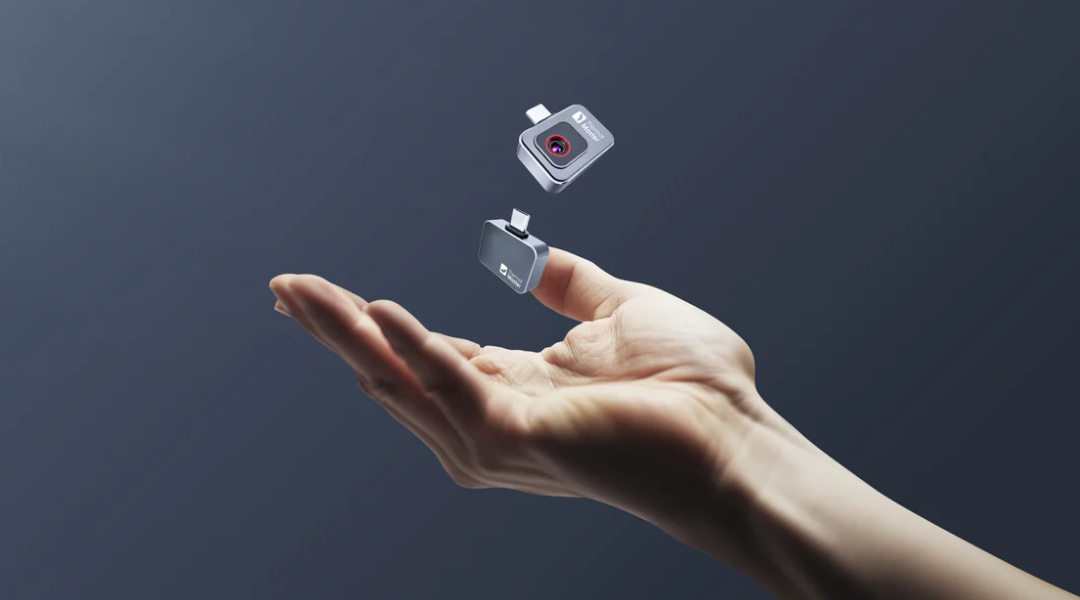
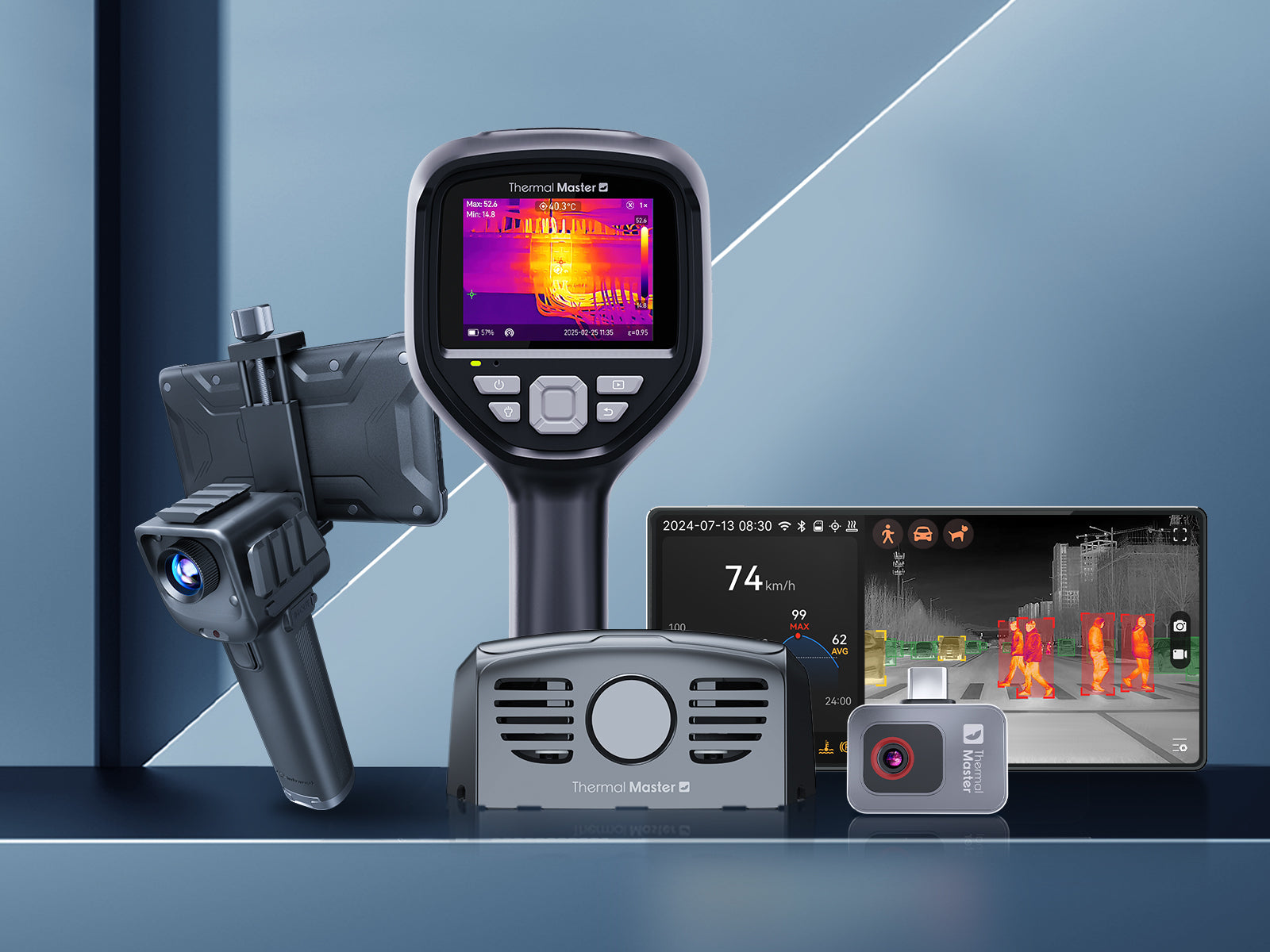
コメントを書く
全てのコメントは、掲載前にモデレートされます
このサイトはhCaptchaによって保護されており、hCaptchaプライバシーポリシーおよび利用規約が適用されます。